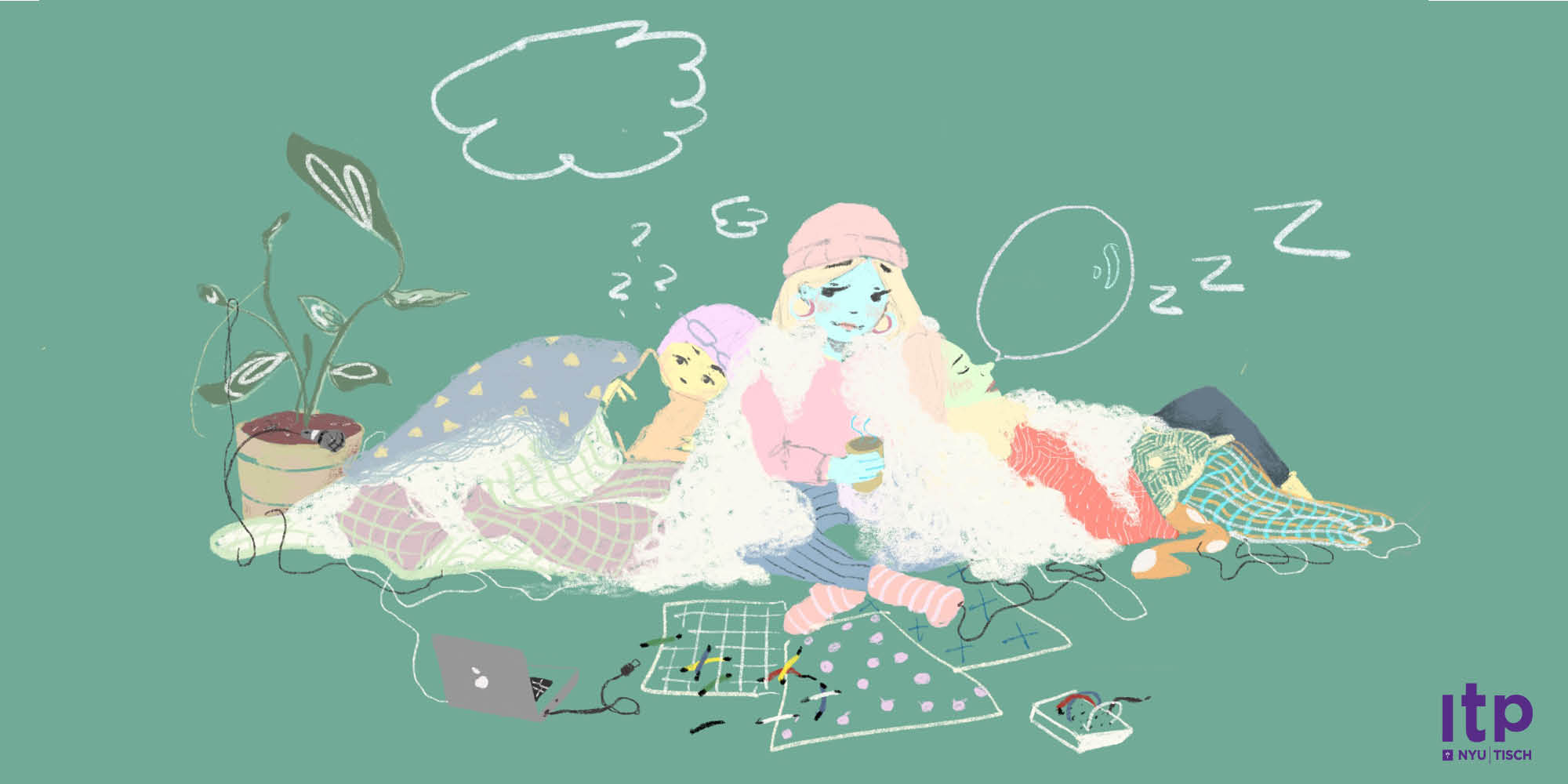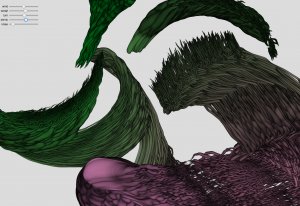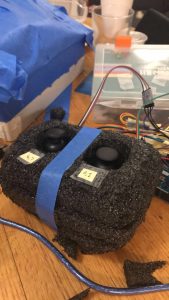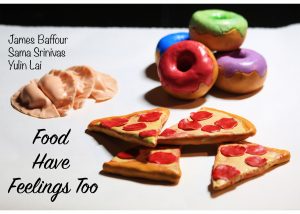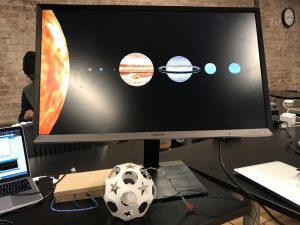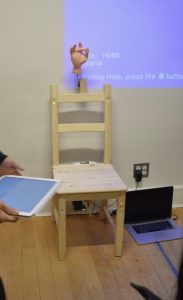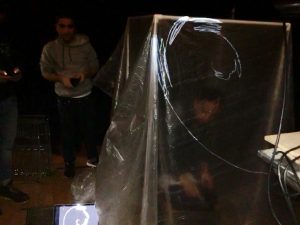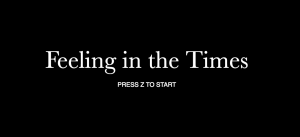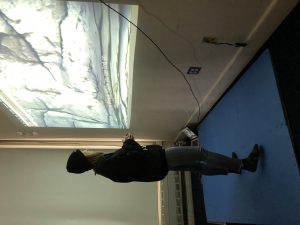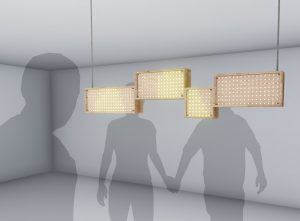Haozhong Yao, Robert Ye
An experience of floating and diving into the deep space through a well.
https://wp.nyu.edu/hy1460/wp-admin/post.php?post=54&action=edit
Description
Concept:
– The universe is a mysterious well with unknown depth. Traveling in the space could feel like falling down to an abyss. We want to waive gravities from three different dimensions (one in the well, on from the ground the user stands, the one in outer space) into our project. Receiving the gravity from the earth while experiencing the gravity-less space environment, the user may find a spirit of exploration during the processing of falling into the well.
User Experience:
When you stand by the well and look into the water, the silhouette of you appear in the center of the well consist of stars.
If you put your arms up parallel to the ground, the projection of you will begin to fall into the deep space as the stars zoom in and scatter with acceleration, creating a sense of space traveling. And when you reach a certain falling speed, you will see the big bang.
If you swing your righthand very hard, your projection will spin and flash.
If you put your arms just a little away from the trunk – the projection is going to rotate a bit to create a sense of floating.
Setup:
The project is a 34-inches-wide round inflatable pool, covered by a military waterproof black canvas and filled with 5 gallons of water.
A Kinect camera from 8 ft away captures the data of the user’s body.
– A projector hanging on the ceiling projects the animation of the stars in outer space into the water from up above, and the animation of the user’s figure.
Classes
Comm Lab: Hypercinema, Comm Lab: Hypercinema, Creative Computing, Creative Computing
